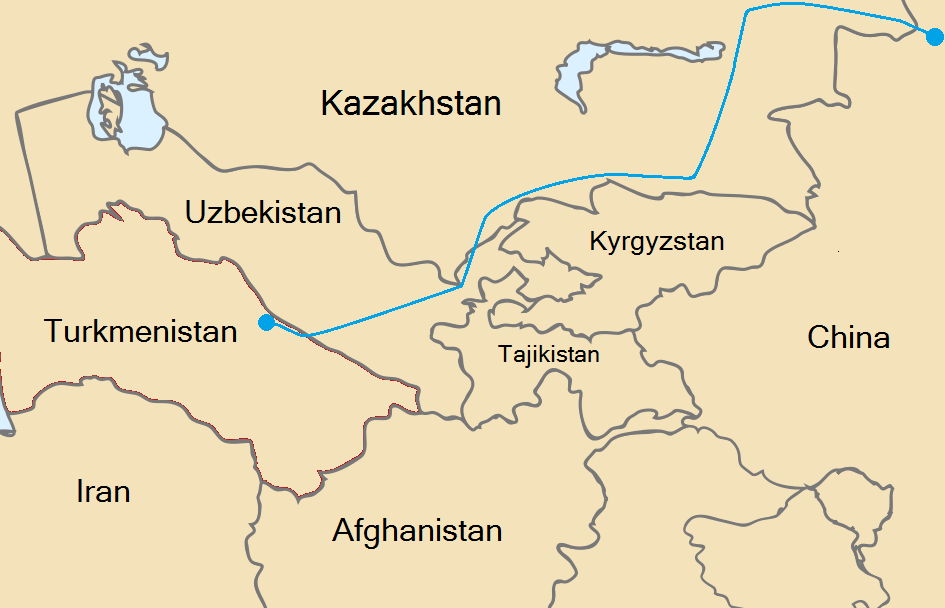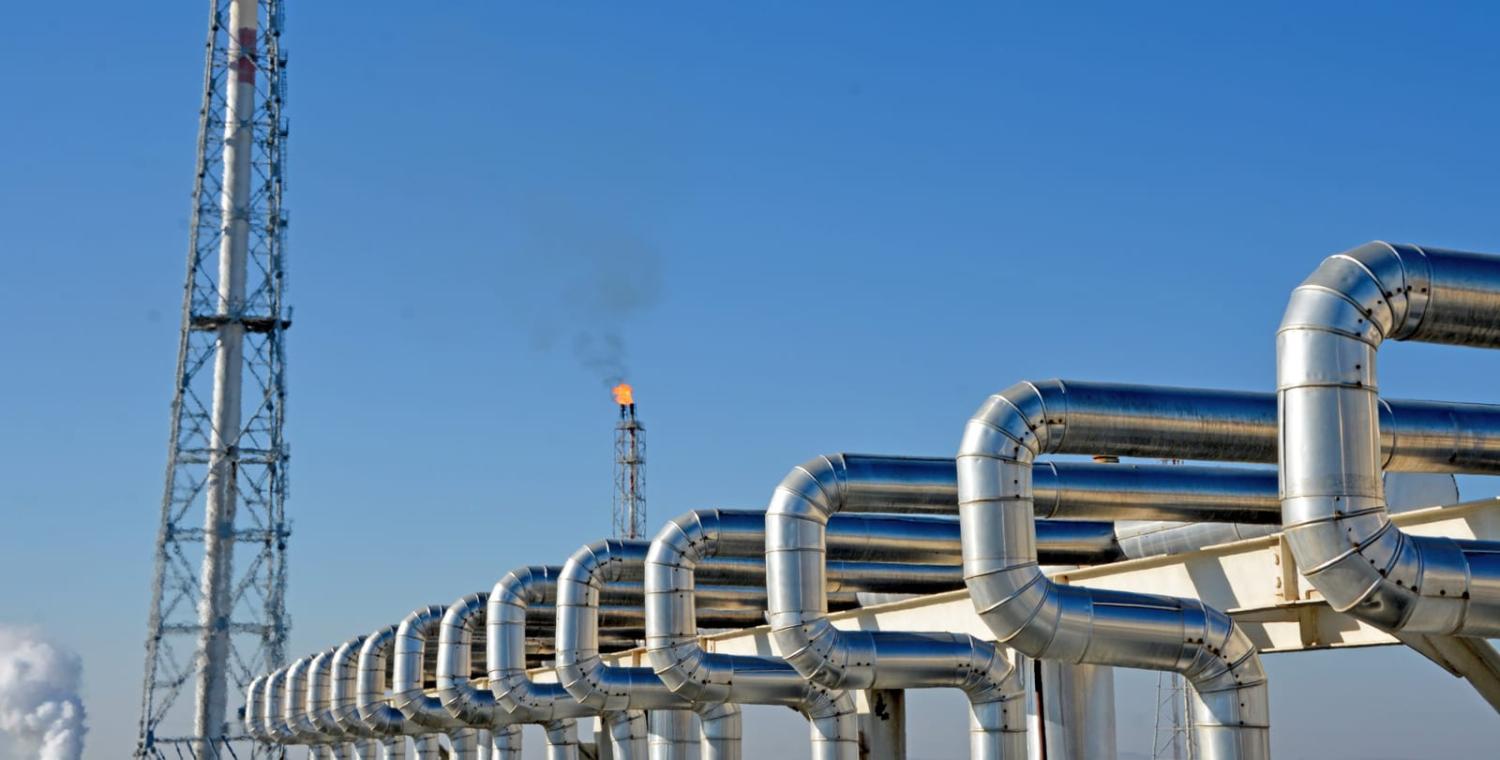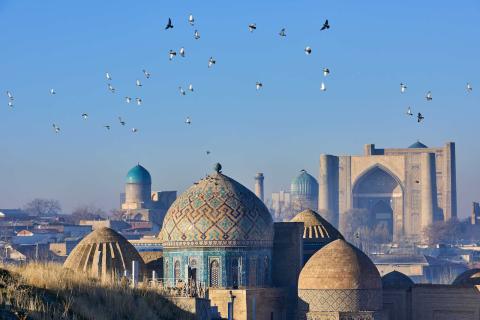China’s ongoing pursuit of a cross-border pipeline with Turkmenistan in Central Asia has repercussions for both the region and Australia.
In October, China’s President Xi Jinping called for enhancing the China-Turkmenistan comprehensive strategic partnership, having already pushed to speed up the building of the Central Asia-China pipeline’s final leg.
The Central Asia-China pipeline is a network of natural gas pipelines that transport natural gas from Central Asian countries – primarily Turkmenistan, Kazakhstan, and Uzbekistan – into China. With a 55 billion cubic metre (bcm) capacity, akin to the Nord Stream 1 in Europe, the 1,833-kilometre Central Asia–China Gas Pipeline presently comprises three sections (Lines A, B, and C), running from Turkmenistan through Uzbekistan and Kazakhstan to China’s Uygur Xinjiang Autonomous Region. From there, the pipeline links up with the West-to-East Gas Pipeline in China, underscoring its significance in regional energy dynamics.
The ongoing construction of the fourth pipeline (Line D), extending from Turkmenistan to Xinjiang, is expected to increase the network’s total annual capacity to 85 bcm.
At present, Turkmenistan, with a population estimated at just under 6.5 million, is China’s single biggest supplier of natural gas, followed by Russia. Last year, China imported 35 bcm gas (valued at approximately US$10.3 billion) via three pipelines from Turkmenistan, along with 16 bcm from Russia (US$4 billion). In 2021, Turkmenistan alone accounted for approximately 75 per cent of Chinese gas imports from Central Asia. China alone was responsible for 65 per cent of Turkmenistan’s total trade last year.
But even with this market access, Turkmenistan’s economy is struggling.

The Central Asia–China pipeline offers Beijing, the world’s largest energy consumer, multiple geoeconomic and geopolitical advantages. Aside from helping address China’s supporting growing natural gas needs and supporting the Green Silk Road ambitions, the pipeline further strengthens Beijing’s presence in Central Asia through investment and economic cooperation.
The pipeline also aligns with China’s broader foreign policy objectives, including the Belt and Road Initiative (BRI), which seeks to strengthen connectivity and economic cooperation across Eurasia. By the end of March this year, China claimed that direct investment in the five Central Asian countries exceeded US$15 billion, an increase of more than 40 per cent compared to pre-BRI levels.
Beijing’s growing influence over and interest in Central Asia has consequences for Russia and Turkmenistan, too. With Russia’s attention diverted by the conflict in Ukraine, Beijing appears to be gaining closer economic ties as well as greater influence across the region.
This leaves Turkmenistan in an interesting predicament. In recent years, the government in Ashgabat has sought greater independence with less reliance on Moscow, previously the biggest buyer of Turkmen gas. For instance, Turkmenistan recently rebuked Russia for seeking to extend its influence over the cross-border pipeline network.
Yet at the same time this has inadvertently increased Turkmenistan’s reliance on China, resulting in an asymmetrical relationship tilting in Beijing’s favour.
Geopolitically, the Central Asia-China pipeline helps Beijing reduce its reliance on the Malacca Strait in Southeast Asia by diversifying energy supply routes, thereby decreasing the risk of disruptions to energy imports. The pipeline also makes China a more significant player in a region where China and Russia have long competed for influence, despite their “no limits” partnership.
But not everything is flowing China’s way. Completion of the pipeline project faces technical, production and export hurdles.
Turkmenistan has previously been forced to suspend gas exports due to weather concerns and production failures. Although not related to the China project, Turkmenistan is also infamous for the so-called Gate to Hell, a firey 60-metre wide crater formed in 1971 during a Soviet gas drilling expedition in the Karakum Desert about 270 kilometres from Ashgabat and left to burn ever since. And, as others point out, Central Asia countries have faced political difficulties with energy exports. Uzbekistan and Kazakhstan have announced plans to halt or limit natural gas exports to China, partly due to growing domestic pressure (although some reports suggest that Uzbek authorities continued exporting natural gas to China in secret).
Public sentiment has also soured toward China in Central Asia, as surveys show. Comments this year by China’s ambassador to France and prominent “wolf warrior” diplomat Lu Shaye that questioned the sovereignty of former Soviet countries did Beijing no favours.
Regional security concerns, security fears, and socio-political tensions across Central Asia are other structural risks to be considered. Turkmenistan’s ability to develop the necessary governance, technology and skilled labour for the cross-border project also remains unclear. Nonetheless, greater participation from Chinese companies, such as training or sending in workers, may be considered.
Gas prices are yet another factor. Although Turkmenistan’s production costs are considered relatively competitive, analysts point out that China is paying more for natural gas imports from Turkmenistan than from Russia.
Even so, Beijing could use negotiations with Ashgabat over the Central Asia-China pipeline to indirectly put pressure on Russia. And vice versa, China may use ongoing negotiations with Russia over proposed gas pipelines to obtain a more competitive deal with Turkmenistan.
For other countries, including Australia, the cross-border pipeline and Beijing’s broader push for stronger China-Central Asia cooperation, particularly with Turkmenistan, is yet another reminder of China’s growing influence, presence, and power projection in the region.

